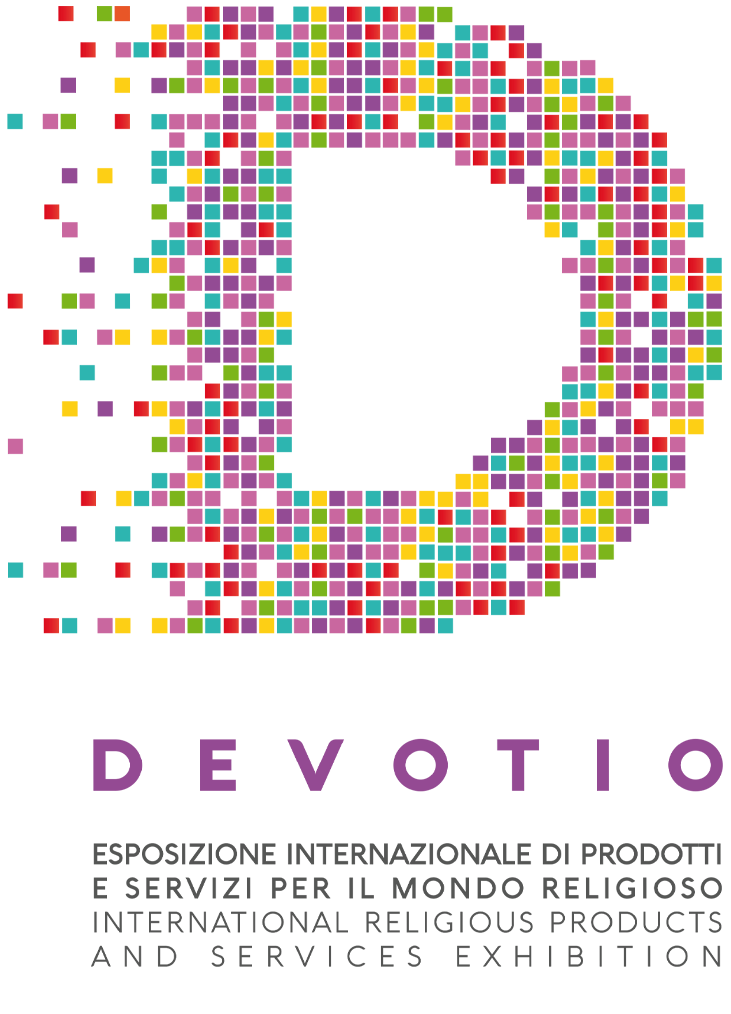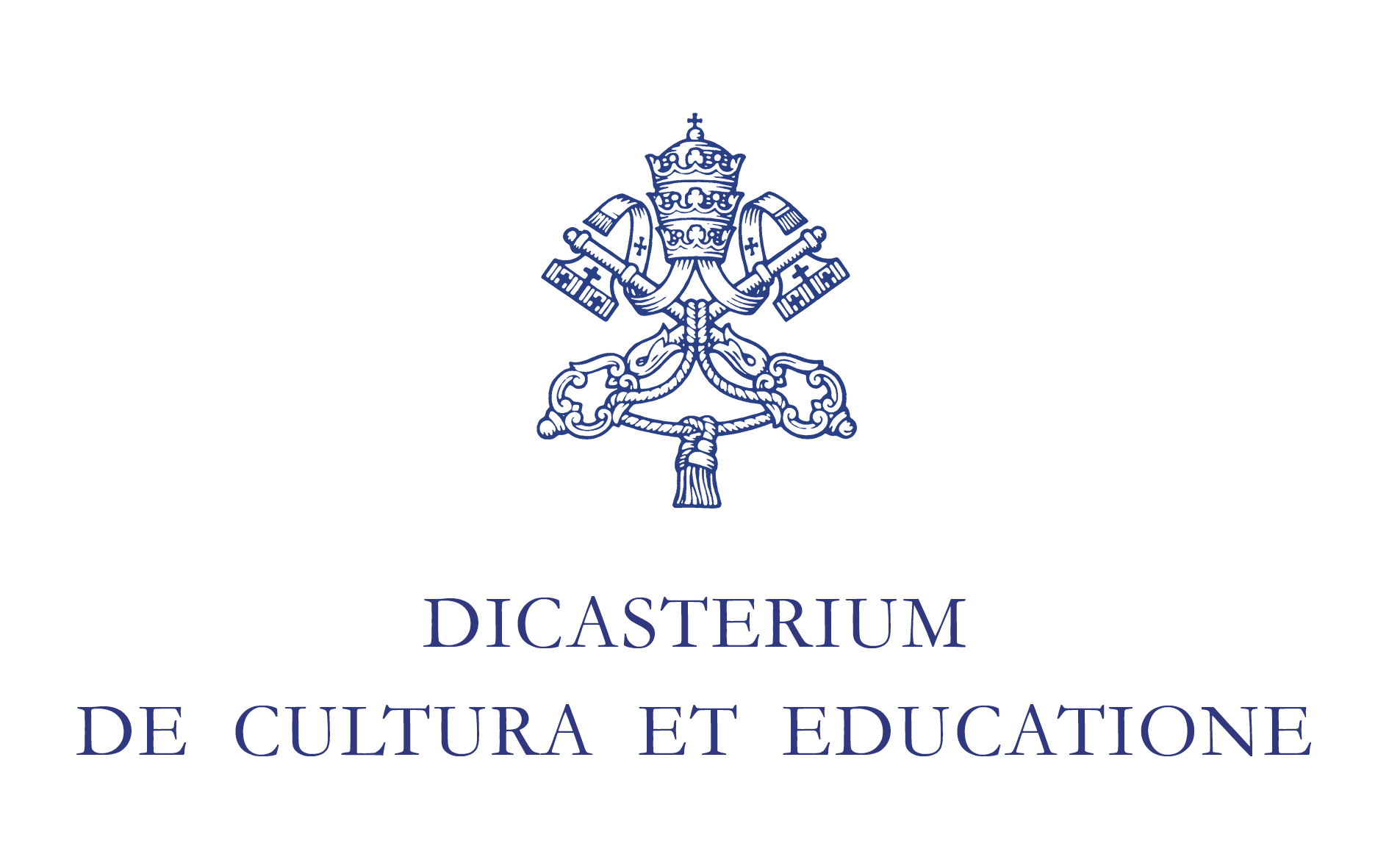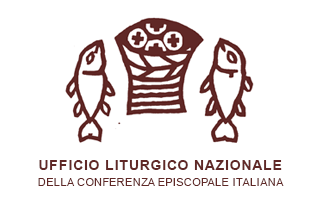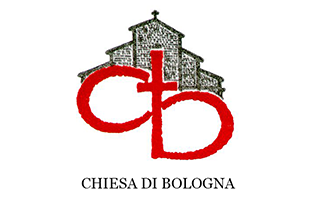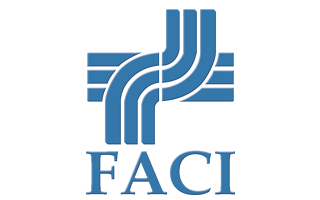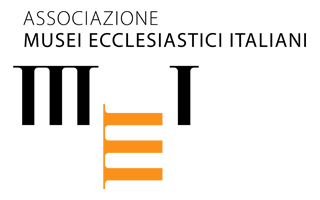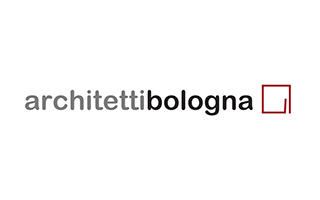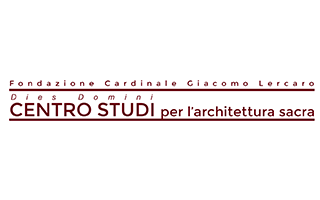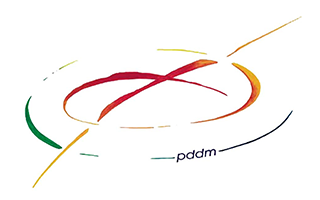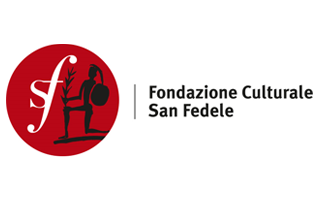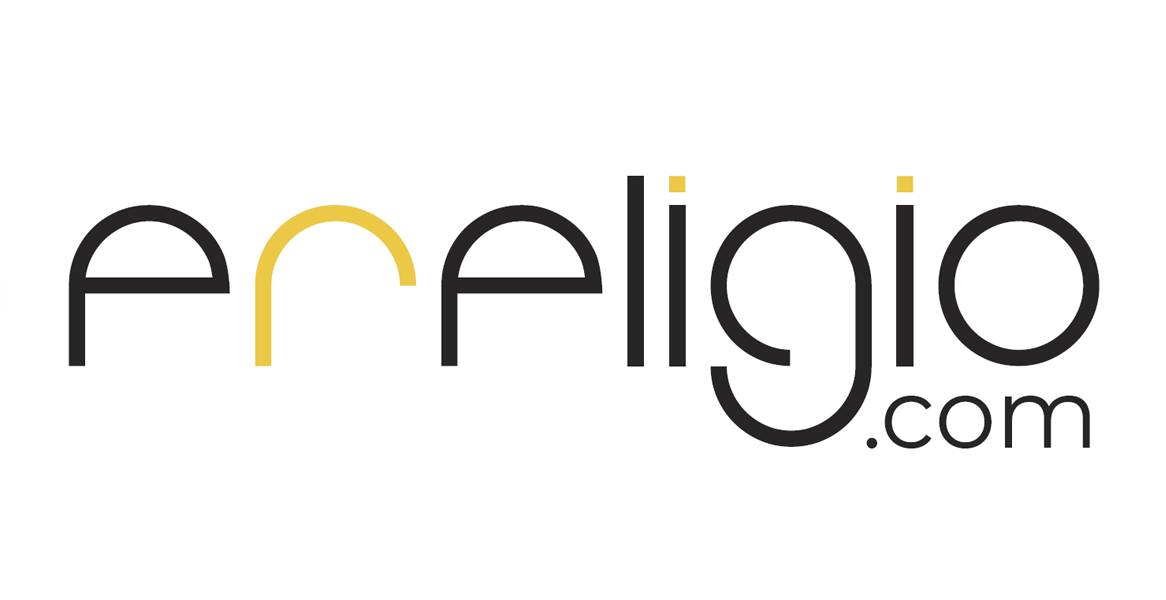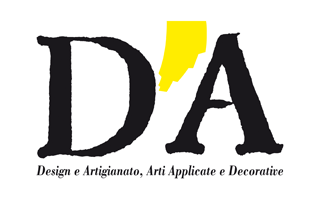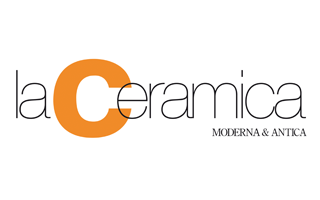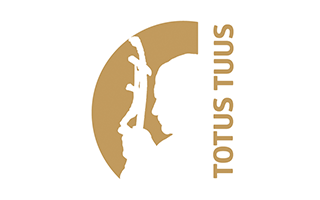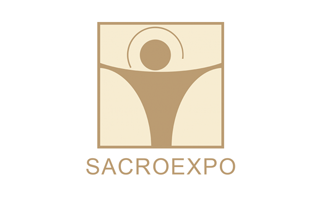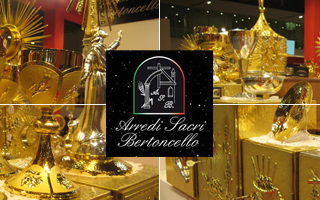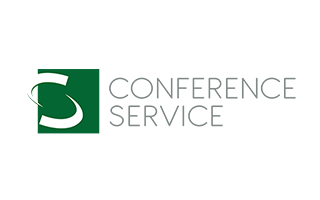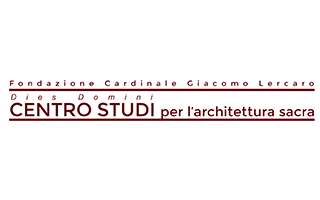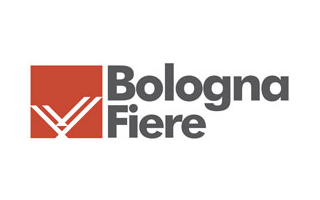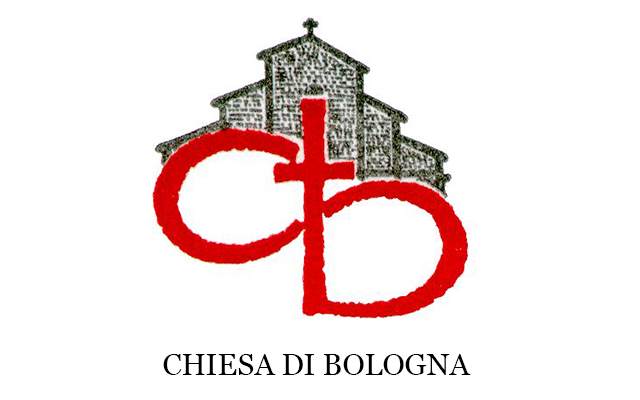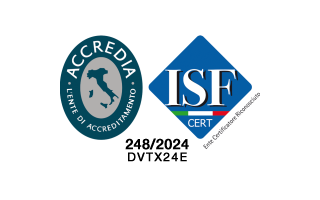Approaching Paths 2024
IV EDITION - APPROACHING PATHS: CONTEMPORARY ARTISTS FACING THE CHRISTIAN MYSTERY
For the FOURTH edition of APPROACHING PATHS: CONTEMPORARY ARTISTS FACING THE CHRISTIAN MYSTERY, the main theme proposed to the selected young artists is THE GLORIOUS BODY.
The «sacred image» has always been fundamental in Church's life. However, from the 18th Century onwards, a rift between art and faith seems to have been increasingly carved out over time. For many decades the Church has tried to get back to this dialogue developing and experimenting with new languages and new symbols. But looking at all the intervening actions towards churches since the Second Vatican Council, what has really happened? During all these years we have witnessed proclamations, exhortations, declarations of intent. However, the results have not always met expectations, indeed. It is like we live in a kind of “creative” deadlock, as a result of which the invoked gesture to create cult images appears awkward, disoriented. There was also a lack of critical analysis of the endless number of produced images.
APPROACHING PATHS are meant to be a workshop in which we try to stitch up this fracture and make a small concrete contribution, in particular on a methodological level.
«THE GLORIOUS BODY» is the main theme of the IV edition of PATHS.
Young people are offered a step-by-step path, which is full of spiritul and iconographic meetings, but also artistic comparison led by Andrea Dall'Asta SJ, Paolo Sacchini and with the collaboration of Claudia Manenti. The main objective is to create a work that, without betraying the language of each artist, is able to express the figurative sensibility of the Church with the renewed depth. Young artists are offered an experience of encounter with Christian spirituality and guidance through the process of their artistic creation. The intention is to fully respect the work of the young people that are involved, supporting them in an artistic pursuit that is simultaneously faithful to the content of the Christian faith, so that it can be returned in a way that the believing community can recognize in it.
- The first stage consists of the selection of the young artists.
- The second stage involves the setting up of some seminars regarding the proposed theme.
- The key moment of PATHS is the retreat at the Sanctuary of La Verna (AR). Father Francesco Brasa leads the artists into the heart of the silent encounter with God. Everything is inspired by Francis' experience who received the stigmata in this place in 1224.
- The fourth stage involves the review of the sketches that the young artists are kindly invited to submit before the realization of their work.
- Work realization and final review.
- Work submission.
- All finished works will be exposed at DEVOTIO 2024.
Participants are asked to interpret the iconography of the resurrection. The young artists have to reflect the main elements which are written in the pages of the Gospel. Among the main themes there is the one regarding the encounter with the Risen One, the beauty of the glorious body and life beyond death. All central elements of the Christian experience.
As already shown in the three previous editions of PATHS, bringing art and faith together is still possible and necessary. Indeed, the Church has always developed images throughout history that have made its faith visible through pictures.
What Cardinal Lercaro claimed in 1955 is still nowadays true: "Each moment of history tells in the language of the living the praise of the living God".
With the collaboration of Fondazione Culturale San Fedele di Milano
Selected artists
Debora Fella

8 September 1990
Debora Fella attended the Liceo Artistico U. Boccioni in Milan and later the Accademia di Belle Arti di Brera, where she graduated from the Biennial Specialistic School of Painting. She teaches Graphic and Pictorial Disciplines at the Liceo Artistico Preziosissimo Sangue in Monza. She lives and works between Milan and Monza.
Awards:
First Painting Prize Menotrenta (2012); First Painting Prize Paolina Brugnatelli (2013); First Painting Prize Morlotti- Imbersago (2018); First Visual Arts Prize San Fedele; Rigamonti Prize (2019-20); First Prize Vittorio Viviani (2021).
Exhibitions:
2023...di Rosa, il Fiore... , Leo Galleries, Monza, curated by Matteo Galbiati; 2022 Elegia dell'Ombra, Cristina Moregola Gallery, Busto Arsizio (VA); Carte d'ombra, LeoGalleries, at Ristorante Il Moro, Monza; 2020 Pelle d'Ombra, Ghiggini Gallery, Varese; 2019 Veglia, sonno e sogni, LeoGalleries, Monza, curated by Chiara Gatti; 2018 L'ombra e la polvere, Ex Studio di Piero Manzoni, Milan, curated by Gaetano Grillo; 2015 Dai castelli di Bellinzona, Five Gallery, Lugano, curated by Andrea B. Del Guercio.

L'IMPREVISTO
Slate, graphite, charcoal, pencils and oil on paper glued on board19 x 19 cm each panel
2023
Mani che raccontano (Hands that tell)
Drawing, understood in its most varied and open meanings, is for Debora Fella the expressive medium of choice; and although the figures she sketches are always recognisable, the stroke is never descriptive, but rather qualifies - also thanks to the use of unusual technical means, such as slate powder, for example - for the ability to evoke, to stimulate the imagination, to activate memory. In this case, the succession of eight small cards recounts with delicacy, and at the same time with a vigour that also manifests all the restless and marvellous stupefaction of the moment, the passage of state towards the Glorious Body, as revealed in the encounter between Christ and the Magdalene (as Fella herself effectively explains, "to fully understand the value of the image I needed an action, a relationship, a rhythm, a time. I found in the encounter with the Magdalene the relationship I was looking for').
Almost as if in a cinematographic montage, very close shots isolate very dense details of humanity - see, in particular, the truly "tactile" sensitivity that emerges from the hands clasping and brushing against each other - and at the same time make us perceive, thanks to the light that floods the space breaking up the forms, the miraculous exceptionality of the moment, marked by the sequence that opens with the hand of Mary Magdalene approaching the tomb and closes - after the silent dialogue between the two protagonists - with the hand of Christ pointing the way to the annunciation.
Ismaele Nones

6 August 1992
Ismaele Nones was born in Trento on 6 August 1992. From an early age, he followed his father in his work as an iconographer, collaborating on monumental paintings in Italy and abroad. In 2006, he enrolled at the Alessandro Vittoria Art Institute in Trento, studying painting. From 2013 to 2018, he studied sculpture at the Academy of Fine Arts in Venice.
His work is represented by the Lunetta 11 gallery. He lives and works in Turin.
In 2023 he ranked second at the San Fedele Artivisive Prize and was among the finalists for the Cairo Prize. In 2023/2024 he is among the participants in the collective exhibition Pittura italiana oggi curated by Damiano Gulli at the Milan Triennale.

LA RESURREZIONE
Acrylic painting on panel66x50 cm
2023
Faced with the work of Ismaele Nones, we immediately sense its close connection to the Byzantine icon. However, the young artist takes up the Oriental tradition in a free, personal way. The image is sharply constructed according to a precise scansion of planes.
On the lower level, a pink marble sepulchre, presented in an inverted perspective, stands out against a floor of coloured majolica tiles seen from above. On the upper floor, a night sky is quilted with eight-pointed stars. Mediating between the two planes is a landscape, formed by hills that are arranged one on top of the other, creating a semicircular shape, almost as if it were an embrace of the sky, at the end of which are the highest reliefs. On the one on the left, a stylised 'cave' stands out, as if it were a real piece of architecture. It is open, the stone that was meant to close it has been removed. Immediately, we understand how the lower part of the icon is actually spatially located within the cave. In the centre of the image, as a focal point, a white sheet is placed on the tomb, on which Christ's face is imprinted. It is the shroud. Space and time are suspended. Everything appears motionless, weightless, we live in a time of waiting. If Nones does not represent the glorious body of Christ, he reveals a trace of it, in a face. However, precisely because of that absent body, whose presence we sense, we are called to live in stillness, in peace, in silence. It is the night of redemption.
Jacopo Zambella

Jacopo Zambella was born in Rovigo in 1999. In 2022 he graduated from the three-year painting course at the Accademia di Belle Arti in Venice. Also in 2022, he won the Painting section of the 14th edition of the Nocivelli Prize. He is currently attending the two-year painting course at the Venice Academy of Fine Arts in Prof. Carlo di Raco's Atelier F. In 2023, he won the Martini International Award at the San Fedele Artivisive Prize.
He took part in various group exhibitions, was among the finalists of the 14th Combat Prize and was among the 100 artists at the 4th Rea Art Fair. He was included in the book "222 Artists to Invest in" published by ExibArt. Also in 2023, he was an atelierist at the Bevilacqua La Masa Foundation Institution in Venice.

Dalle sue piaghe ho visto la luce
Oil on CanvasDiptych 80 x 60 cm each panel
2023
The very young Jacopo Zambello creates an arcane, mysterious, secret diptych. In the canvas on the left we see the entrance to a dark cave, bordered by a sort of trilithon in green/black colour. It is a space of darkness, partially illuminated by a soft glow that spreads from the right inside the sepulchre. We sense that an event is taking place or has just ended. On the other hand, the second canvas features a body illuminated by a light coming from the left. The framing is peculiar. The plane is in fact very close to the viewer, so we only see one detail: it is the torso of a man. It is as if the author wanted to attract our attention. We intuit that it is an athletic, strong, vigorous body. In the side we recognise a wound, from which, however, no blood flows, but a luminous glow. From that wound, symbol of a man's pain, of blind human violence, of the tragedies of history, the light of redemption comes out. It is as if the signs of evil and death were converted by that body into life, into fruitfulness, into light. The risen one is the one who resurrects the heart of darkness. We understand the red thread that unites the two canvases. The light that illuminates that place of death is the same light that we see coming out of that wound. Resurrection is revealed through the glory of a body, which illuminates the cave of our failures, of our inability to live, of our fears. Of our death. It is the light of a glorious body.
